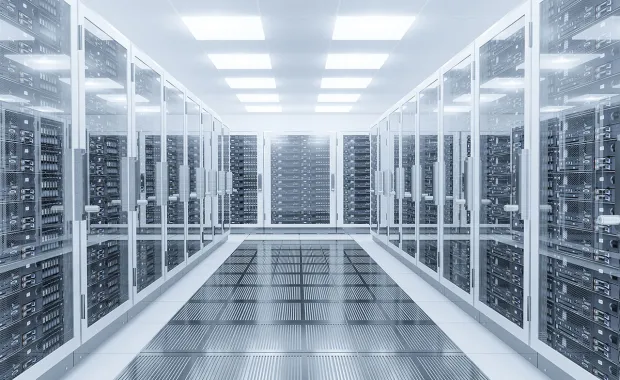Mainframes are critical for many organizations and have served them well. However, the number of people able to manage, develop for and support mainframe systems are decreasing almost by the hour. This means you inevitably are approaching the point where you have to make some drastic decisions. That’s why I want to talk you through how to move your mainframe applications to the cloud. Yes, you heard me – To the cloud!
Mainframes are a type of computer that generally are known for their large size, amount of storage, processing power and high level of reliability. They are primarily used by large organizations for mission-critical applications requiring high volumes of data processing. The latest models can manage the most advanced and demanding customer workloads, while at the same time running applications that were developed decades ago.
An increasing problem
However fond of your mainframe you might be, there are significant challenges relating to them. As mainframe systems and applications have been around for so long, their real peak is now a few decades away. This means that the expertise on the code languages, managing the applications, and most importantly having the in-depth knowledge of what the applications actually do is not in excess availability. This is a huge potential problem as you do not want to end up with a mission-critical system, that your business is dependent on, but that no one can manage.
Rest assured – there are solutions to this problem. In fact, you are actually able to move your mainframe applications to the cloud. I am not saying it will be easy, but it is definitely doable. In fact, we transfer plenty of them here at CGI.
Not an easy task
Let me start with explaining why this is difficult. The mainframe applications have a totally different structure than modern applications. They are large and consist of big monolithic programs or set of code, where different functions have strong connections and plenty of dependencies. This is a totally different structure than modern applications that often consists of bite-sized functions or so-called micro-services. The mainframe applications are not possible to just take apart.
When moving a mainframe application, the first thing is to have a clear cloud strategy for the whole company. If you do not intend to get one – you can stop reading here, because it will not work. If you do not have a cloud strategy yet, we, at CGI, can help you outline this based on extensive experience and best-practice.
When you have the cloud strategy in place, it is important to do a thorough analysis of what the application really do and its mission within the organization. You should also perform a thorough technical analysis of the existing system. This step is really important and quite resource heavy, but you should not try to skip it.
The next step is to define your vision of where you want to go. This is to develop a plan which will close all the gaps that separate you from your future optimal state.
Step by step
Then we can get to work. But please note, there is no such thing as a magic wand to make this happen. The first phase can be to move the mainframe application to another platform. There is plenty of software that can emulate the mainframe software to for example a Microsoft platform.
When you are on the new platform you can start redesigning the software and divide the whole application into smaller entities. You can also rebuild the mainframe to a client-server architecture and then move that structure to the cloud.
We have a team in Portugal that has an extensive experience of performing and completing these types of projects. They know exactly how to do it and can manage it swiftly and securely.
It will pay off
It is important to point out that when I say swiftly. This is a process of around 1½ years. The goal is to achieve the highest possible level of automation for the necessary code changes, without hindering the normal development process, and to enable further development of the system. This way you will ensure to get the system cloud-ready.
The process also requires a significant investment, an investment that does not provide you with any other functions than what your trusted mainframe was delivering. But it will pay off. When the project of moving your application to the cloud, you are looking at a decrease of operational costs of up to 80%.
This might not sound like an easy sell, but consider the scenario where you are totally unable to find any resources to update or develop your legacy application, nor any resources to run the system internally, what impact would that have on your business?




